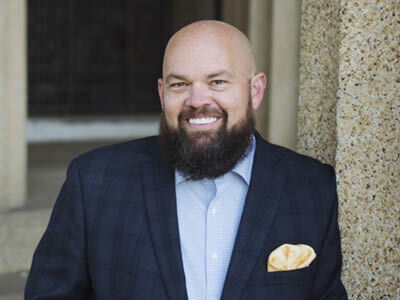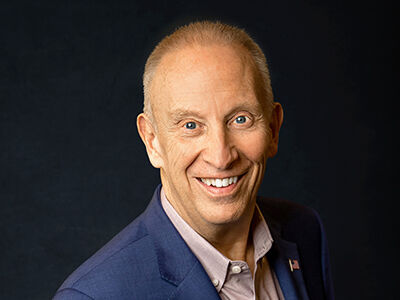The Aging Population Embraces the Importance of Fitness
News > Health News

Audio By Carbonatix
10:22 AM on Monday, July 8, 2024
By JayDee Vykoukal | Wealth of Geeks
Data from the American (ACSM) reveals fitness programs for older adults are the third fastest growing fitness trend this year. It’s a smart move for businesses in the fitness space, considering the rapid shift in demographics. People over 60 are projected to make up nearly a quarter of the population by the year 2040.
A mix of aging baby boomers, advancements in medical technology, and an overall increase in life expectancy are the main drivers. And with this aging population comes a greater emphasis on health and wellness to enhance the quality of life and make those golden years as enjoyable as possible.
Fitness Programs for the Aging Grow
Gyms, fitness instructors, health coaches, and medical professionals are stepping up to the plate to promote healthy aging via regular fitness, both in person and online. These programs often focus on low-impact exercises, such as swimming, resistance training, yoga, and walking, to help reduce the risk of injury while providing benefits like improved cardiovascular health and muscle strength.
Wearable technology is among the fitness industry’s top trends, specifically for weight loss and mental health. Smartwatches, fitness trackers, and other devices can monitor activity levels, motivate users to exercise, and track heart rates and overall health progression. This information can inform healthcare and personalize fitness goals.
Weight loss exercise programs can help with common conditions in seniors, such as joint pain from osteoarthritis, heart disease, and diabetes. Furthermore, exercise positively impacts mental health and can reduce the risk of cognitive decline in older adults.
Aging and the Importance of Exercise
Aging elevates the risk of chronic illnesses, cognitive impairments, and falls due to changes in muscle strength, bone health, brain function, and other bodily functions. Regular aerobic and muscle-strengthening exercises can prevent or manage disease impact, preserve independence, and enhance quality of life. Additionally, exercise can improve balance, flexibility, and strength, reducing the risk of falls and injuries.
In addition to physical health benefits, exercise can positively affect mental health by reducing stress, anxiety, and depression. Plus, exercise in a social setting, such as a group fitness class or walking group, can combat loneliness and promote socialization for older adults, further enhancing mental health and boosting happiness.
Ultimately, there’s no such thing as being too old to exercise. With proper knowledge and guidance, people of all ages can incorporate regular physical activity into daily life.
Challenges Faced by Older Adults in Fitness
Despite the benefits of regular exercise, some older adults may face challenges in participating in fitness activities. Physical limitations due to age or existing health conditions may make certain types of exercises difficult or even dangerous. There may also be financial barriers for some older adults living on a fixed income. Finding appropriate fitness programs catering to their needs and abilities can also be a challenge in certain locations, such as rural areas.
Fitness professionals and businesses can incorporate modifications and adaptations that make exercises more accessible for older adults, like low-impact options or discounted rates for seniors. Additionally, the availability of online fitness programs can help bridge the gap for those living in rural or remote areas.
How Older Folks Can Become More Active
Older Americans should consult a doctor or physical therapist before starting new regimens. Experts can help identify safe exercises and programs while accommodating existing health conditions. They may also recommend local community programs or resources that cater to older adults.
Many gyms and fitness centers offer discounts or affordable specialized classes for older adults. Some insurance plans may also cover fitness programs or monthly gym fees for older adults as part of their wellness benefits. Those unable to join in-person fitness options can utilize online resources and apps designed for older adults looking to stay active.
A Trend That Will Continue To Grow
Experts anticipate active lifestyles among older Americans will grow in popularity as tailored, inclusive, and accessible offerings expand. Encouraging other healthy habits — better nutrition, sleep habits, and stress management — can further these efforts and lead to a more productive and fulfilling life. As one-fifth of the U.S. population enters their golden years, society must collectively prioritize the health and wellness of all age groups.
This article was originally published in Media Decision and syndicated by Wealth of Geeks.







